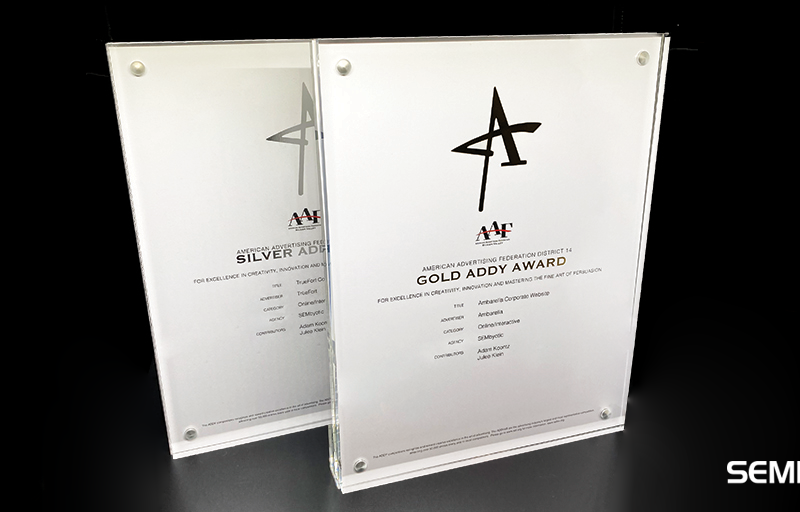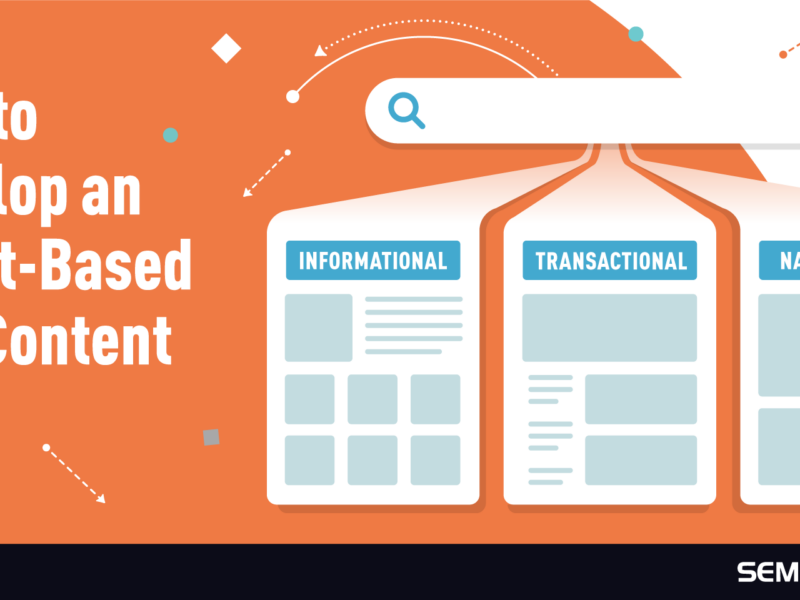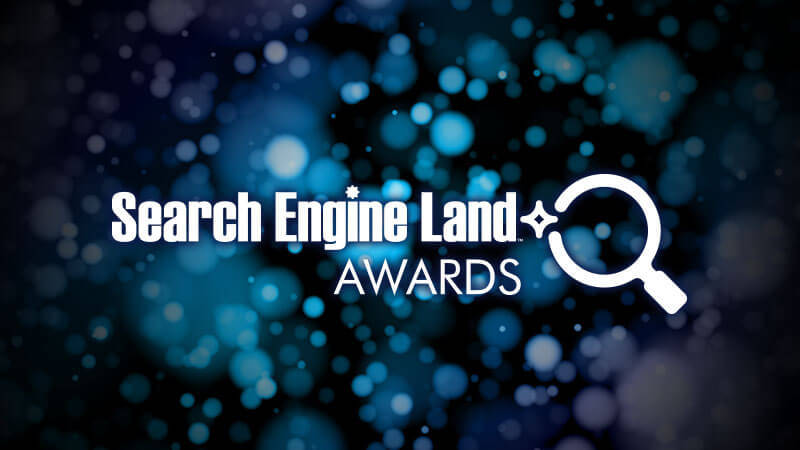

Quick Tip: Adjust Your Press Release for SEO
Quick Tip: Adjust Your Press Release for SEO https://sembyotic.com/wp-content/uploads/seo-press-release-e1449727755188-1024x428.jpg 1024 428 Adam Koontz Adam Koontz https://secure.gravatar.com/avatar/cdabc72036e4b722e8810040aab02661?s=96&d=mm&r=g- Adam Koontz
- no comments
Edit 05/24/2017: A previous version of this article used keyword-rich anchor text in the example. This type of anchor text is now seen as spammy by search engines because it looks unnatural and it could harm your rankings. Instead, link to your brand name. The example below has been updated.
If you’ve been paying attention to Google updates, you may have noticed that press releases for SEO don’t quite pay off like they used to. Business to business companies can struggle to find ways to improve their search rankings. To really improve your search rankings, other relevant sites need to be linking back to yours. But for a lot of companies, that’s where the tough part is because it can be difficult for B2B companies to figure out where to solicit links and how to go about it.
One thing that many B2B companies are already doing is writing and distributing their own press releases. Yet often times there’s a disconnect between PR efforts and SEO/SEM when the two really should be more aligned. If you think about it, press releases can be a great way to build links because other publishers are taking your content and republishing it on their sites. If done properly, this could result in direct traffic back to your website and could be rewarded by improved rankings within search engines. With that in mind, try these simple tweaks:
Integrate your target keywords into your press release titles
This is a no-brainer to most SEO veterans. Time and time again I’ve seen clients issue press releases that don’t use their keywords, even though the keywords wouldn’t change the meaning of the title.
Add links back to relevant pages on your site near the top of the release
Many news portal and aggregator sites may strip out your links all-together, but many others won’t. Some news aggregators could even break your release into multiple pages or sections. To ensure your links get the most visibility, put them near the top. If you’ve got content on your site that supports your release, include it as links. Sometimes bloggers that cover your industry may want to take your release and supporting content and write something on their own blogs. The more valuable content you can provide to them, the better chances you have at acquiring valuable links back to your website.
Use natural anchor text, but don’t use “click here”
Back in the day, you’d want to use your exact keyword as the anchor text used as much as possible. Nowadays, Google sees this as a signal that you’re building links with the intent of manipulating your rankings. Of course, that’s exactly what you’re doing, but if Google thinks it’s too obvious, they may penalize you (at worst) or provide no additional ranking benefit (at best). Instead, try to be more natural in your anchor text. For example, let’s say the San Jose Marketing Company wants to rank for the phrase “SEO San Jose”. Rather than just make your anchor text “SEO San Jose”, you should try something slightly different. Take this phony press release snippet for example:
SEMbyotic Announces SEO Services
SEMbyotic today announced their world-class offering of SEO services. After building a team of top online marketing professionals, SEMbyotic can now offer SEO for San Jose customers and beyond…
In this example, the anchor text I used is “SEO for San Jose customers”. Next time, I should use something slightly different. The key is to use slightly different anchor text each time so that it appears natural.
By implementing some of these simple tips, you should help yourself with your own SEO efforts. Or if you just want someone to do it for you, get in touch with us.
- Post Tags:
- Digital Marketing
- SEM
- SEO
- Posted In:
- SEO
Adam Koontz
Adam is President of SEMbyotic, a digital marketing, web design, and SEO company based in San Jose, California. @adamkoontz
All stories by: Adam Koontz




Leave a Reply